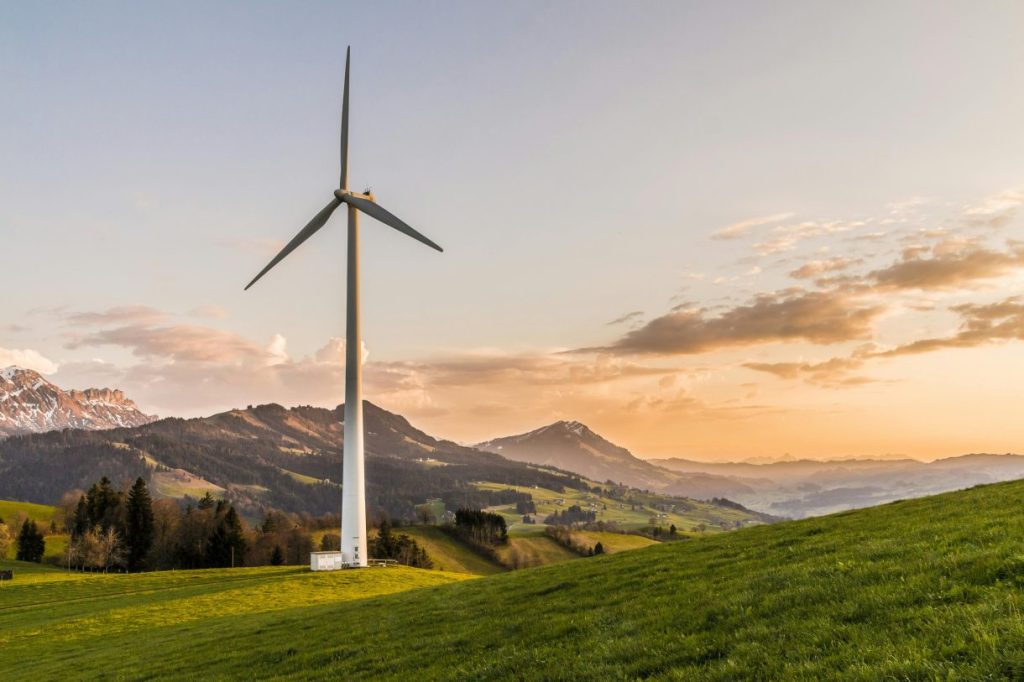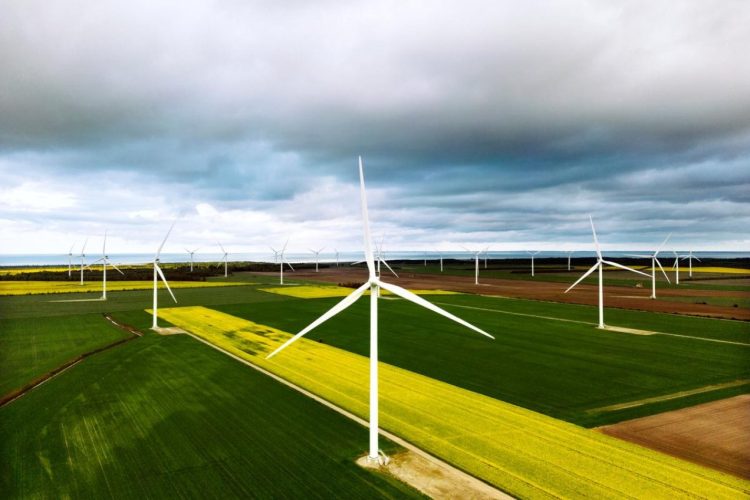Europe’s green technology sector has been on a tear. From Germany’s ambitious transition away from fossil fuels to France’s latest solar investment pledges and the EU-wide “Fit for 55” plan, climate-centric policies have reshaped investment flows across the continent. At the center of this green revolution sit wind and solar companies, many of which have seen massive valuation expansions in recent years. But as subsidies multiply and ESG enthusiasm drives capital into a narrow band of renewable stocks, many investors and analysts are starting to ask an uncomfortable question: is this a boom based on fundamentals, or are we watching a valuation bubble inflate?
Subsidy-Driven Rallies in Siemens Energy vs. Vestas
Siemens Energy, one of Europe’s most prominent players in wind and grid infrastructure, has seen its share price rebound strongly in recent quarters. Government bailouts, grid modernization programs, and EU-level green incentives have all contributed to renewed investor confidence. The company’s turnaround efforts in its troubled wind unit, Siemens Gamesa, have also helped restore momentum. Still, the pace of its rally has triggered debates over whether the market is getting ahead of itself. Valuations are now factoring in near-flawless execution at a time when global supply chains, rare earth mineral access, and project delays remain real concerns.
Vestas, Denmark’s flagship wind turbine manufacturer, presents another example of subsidy-driven sentiment. While it has maintained stronger operational control than some competitors, its valuation metrics—particularly forward price-to-earnings ratios and enterprise value to EBITDA—are nearing levels more typical of high-growth tech companies than capital-intensive manufacturers. Vestas has benefited enormously from generous subsidy frameworks across Northern Europe, but many of these programs are under review as inflation and budgetary concerns take center stage. This raises the risk that Vestas’ premium pricing may not be sustainable in the absence of perpetual fiscal support.
What both Siemens Energy and Vestas exemplify is how investor enthusiasm can accelerate well beyond actual earnings growth. When future cash flows are heavily reliant on policy guarantees, volatility follows every political shift. A single rollback of subsidies, or a delay in project rollout, could shave billions off market capitalizations. This creates the perfect storm for valuation bubbles to quietly form beneath the surface of a virtuous green growth narrative.
How to Spot Overextended ESG Plays
With so much capital rushing into green tech, the challenge for investors is distinguishing durable growth from speculative exuberance. One of the most obvious warning signs of an ESG-driven bubble is valuation detachment from underlying cash flow. Companies with negative or volatile earnings but sky-high valuations are particularly at risk. Another key signal is overcrowded fund flows: when too many ESG funds allocate disproportionately to a small set of wind and solar names, price inflation becomes more about momentum than fundamentals.
Investor behavior also plays a role. Social media amplification of ESG themes, viral investment theses, and the emergence of “green meme stocks” tend to signal late-stage enthusiasm. For instance, when share prices surge on policy announcements without accompanying changes in revenue or order books, it’s a red flag.
Another overlooked indicator is insider selling. If founders or executives at clean energy firms are unloading shares even as valuations soar, it’s often a signal that those closest to the fundamentals see disconnects. Similarly, when analysts raise price targets simply to “keep up with the market,” rather than based on revised earnings or project updates, this suggests groupthink has taken hold.

To protect themselves, investors need to return to first principles: focus on free cash flow generation, scalability of technology, and ability to survive in a less-subsidized world. ESG filters can be useful, but they must be grounded in real economics—not simply a checklist of green buzzwords.
Alternative Clean Energy Bets: Geothermal and Hydrogen
While wind and solar dominate headlines and investor portfolios, quieter clean energy technologies may offer more attractive, less-crowded opportunities. Geothermal energy, for example, has long been underutilized in Europe despite its base-load potential and small environmental footprint. Recent advancements in deep drilling technology and European Geological Services’ mapping initiatives are renewing interest. Countries like Iceland and Italy already tap into geothermal in meaningful ways, but Germany, France, and even parts of Eastern Europe are beginning to invest. Smaller geothermal startups, often overlooked in ESG funds, may represent asymmetric upside.
Hydrogen is another frontier, particularly green hydrogen generated from renewable sources. The European Commission’s Hydrogen Strategy aims for 40 gigawatts of electrolyzer capacity by 2030, and companies like Nel ASA and Plug Power have positioned themselves to benefit from this push. Unlike wind and solar, hydrogen infrastructure is still in early development stages, meaning valuations are often more speculative—but also less inflated. For patient investors, hydrogen offers a long-duration growth story not yet fully priced into mainstream ESG portfolios.
Battery recycling, smart grid software, and offshore floating wind platforms also represent alternative bets with distinct fundamentals. The key is to look for companies with defensible intellectual property, strong engineering capabilities, and strategic government relationships—rather than simply those riding the current ESG popularity wave.
The Regulatory Risk That Shadows the Boom
One underappreciated risk factor for Europe’s green tech boom is regulatory fatigue. As energy bills climb and populist politics gain traction, green subsidies could become politically vulnerable. Several countries have already scaled back feed-in tariffs or slowed auction timelines. For example, Spain and the Netherlands have recently reconsidered budget allocations for renewable subsidies. Even Germany, long the leader in green spending, has hinted at capping certain categories of green subsidies in its post-2025 fiscal framework.
Moreover, new EU-wide ESG disclosure rules under the Sustainable Finance Disclosure Regulation (SFDR) and the Corporate Sustainability Reporting Directive (CSRD) may eventually increase scrutiny on green investment claims. If investors discover that a company’s ESG rating was more optics than operational, sentiment could sour quickly. As a result, there’s a growing risk that financial markets could reevaluate the entire ESG premium in renewables—leading to painful de-ratings, particularly for high-multiple stocks with low margin of safety.
A Bubble or Just a Hot Market?
It’s too early to say definitively whether Europe’s wind and solar stocks are in a bubble. But many of the hallmarks—overconcentration, subsidy dependency, and valuation exuberance—are starting to emerge. The difference between a hot market and a bubble is often one external shock: a subsidy cut, a major supply chain disruption, or a sharp rise in bond yields that makes green project financing harder.
For investors, the solution is not to avoid the sector entirely, but to reframe how exposure is constructed. Diversification across technologies, focus on balance sheet strength, and close attention to policy risk are now critical. Those who blindly chase performance may find themselves stuck when sentiment turns, while disciplined investors could uncover value in overlooked segments of the clean energy transition.
Europe’s green transformation is real and necessary. But like any industrial revolution, it will have its moments of excess. The key is distinguishing between a sustainable sunrise—and a blinding flash














































